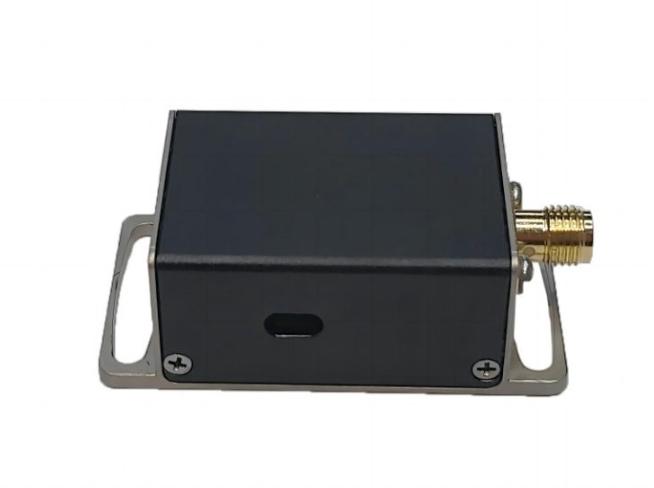Customized Spatial Light Modulators for Advanced Optical Trapping

Optical trapping, or "optical tweezers," is a powerful technique used in biophysics, nanotechnology, and material science to manipulate microscopic particles using focused laser beams. Customized Spatial Light Modulators (SLMs) enhance optical trapping by enabling dynamic beam shaping, multi-trap configurations, and aberration correction. This blog explores how tailored SLMs improve precision and versatility in optical trapping applications.
How SLMs Enhance Optical Trapping
Standard optical tweezers rely on fixed Gaussian beams, limiting their flexibility. SLMs introduce programmable wavefront control, allowing researchers to:
Generate multiple traps simultaneously.
Shape beams into non-Gaussian profiles (e.g., Bessel beams, vortex beams).
Correct for optical aberrations in real time.
Customized SLMs take this further by optimizing parameters such as:
High-Speed Modulation – Essential for trapping fast-moving particles.
High Phase Stability – Reduces fluctuations in trap stiffness.
Large Active Areas – Enables manipulation across wider fields of view.
Key Advantages of Custom SLMs in Optical Trapping
1. Multi-Particle Manipulation
Custom SLMs can generate hundreds of independently controlled optical traps, enabling parallel manipulation of cells, nanoparticles, or DNA strands. This is invaluable in:
Biological Studies – Probing cell interactions.
Nanofabrication – Assembling nanostructures.
2. Complex Beam Shaping
Unlike fixed Gaussian beams, customized SLMs can create exotic beam profiles:
Vortex Beams – Apply torque to rotate particles.
Bessel Beams – Extend trapping range with self-reconstructing properties.
3. Adaptive Aberration Correction
In biological samples, refractive index variations distort trapping beams. Custom SLMs with real-time feedback can compensate for these distortions, maintaining optimal trap strength.
4. Integration with Microscopy
Custom SLMs can be synchronized with advanced microscopy techniques (e.g., confocal, STED), allowing simultaneous trapping and high-resolution imaging.
Emerging Applications
Single-Molecule Biophysics – Studying protein folding and molecular motors.
Microfluidics – Sorting and positioning cells in lab-on-a-chip devices.
Quantum Optics – Trapping and manipulating cold atoms.
Conclusion
Customized SLMs are transforming optical trapping by providing unprecedented control over light fields. As researchers demand higher precision and flexibility, tailored SLMs will continue to push the boundaries of what’s possible in microscopic manipulation.
- Art
- Causes
- Crafts
- Dance
- Drinks
- Film
- Fitness
- Food
- Spiele
- Gardening
- Health
- Startseite
- Literature
- Music
- Networking
- Andere
- Party
- Religion
- Shopping
- Sports
- Theater
- Wellness


